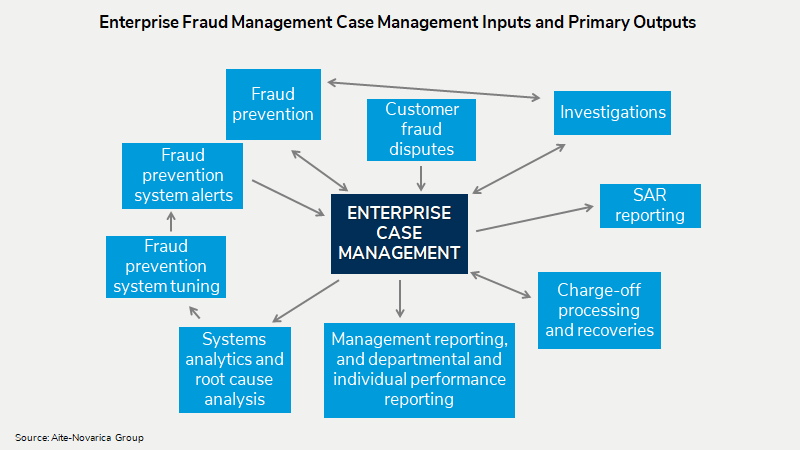Boston, November 23, 2021 –EFM—everyone talks about it, but there are many definitions in the financial services industry of what it means. To some, it is a centralized department in an FI that handles specific tasks. To others, it is a concept that can be implemented in a centralized or decentralized manner. While creating a centralized EFM unit may require an extensive internal project in large financial institutions, the results are well worth the effort in the long run.

This Impact Report examines EFM in the broadest, most inclusive sense of the term and focuses on the many benefits of organizing in this manner. It is based on in-house Aite-Novarica Group knowledge and expertise as well as telephone interviews with five FI executives who manage EFM functions.
This 41-page Impact Report contains six figures and two tables. Clients of Aite-Novarica Group’s Fraud & AML service can download this report and the corresponding charts.
About the Author
Datos Insights
We are the advisor of choice to the banking, insurance, securities, and retail technology industries–both the financial institutions and the technology providers who serve them. The Datos Insights mission is to help our clients make better technology decisions so they can protect and grow their customers’ assets.